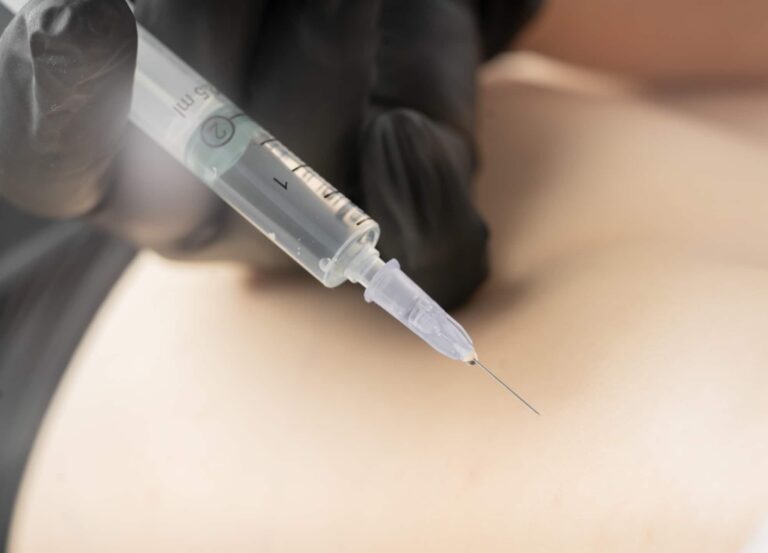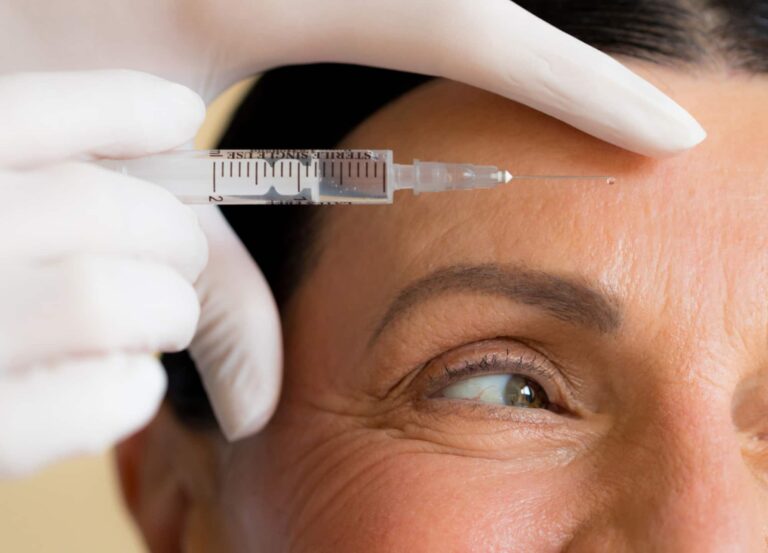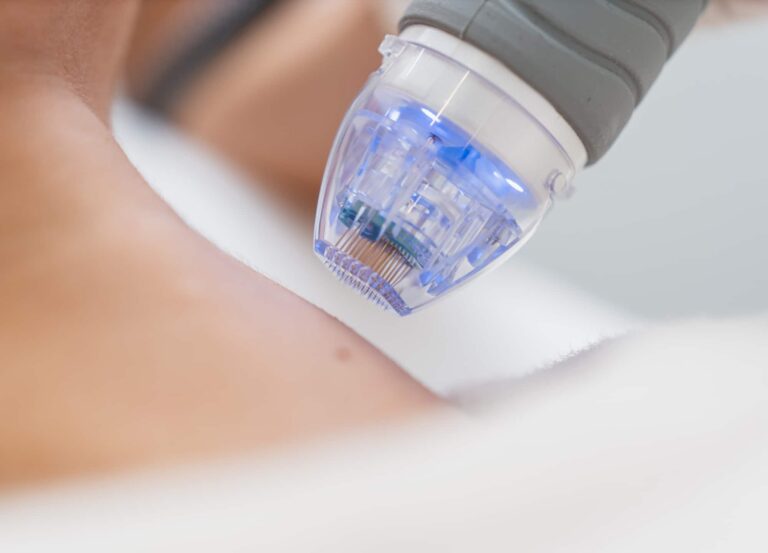Many people outside the medical community tend to have limited knowledge of degree credentials, and there’s a common assumption that all doctors are MDs. It’s not the case: according to the American Osteopathic Association’s (AOA) 2019 statistics report, there are 121,006 doctors of osteopathic medicine (DOs) practicing in the United States. Given that there are about 1 million physicians in the country today, “it’s a small number but not an insignificant one,” says Dr. Arnold Almonte, a board-certified plastic surgeon in Roseville, California.
Indeed, the DO profession has grown 63% in the past decade. Yet the degree is still somewhat shrouded. “There’s this misunderstanding that you have to have an MD behind your name to be considered a real doctor,” notes Dr. Shino Bay Aguilera, a board-certified dermatologist in Fort Lauderdale, Florida, who says he’s battled anti-DO sentiment and stigma throughout his 20-year career. Even now, he adds, “we have to fight for our position as equally well-qualified dermatologists.”
We spoke to several doctors of osteopathic medicine, to better understand what distinguishes DOs from MDs and how their background influences their approach to aesthetics.
What is a DO?
A DO “is a licensed physician who practices medicine using both conventional treatments and osteopathic manipulative treatment [OMT], which focuses on relieving pain and tension in the musculoskeletal system,” explains Miami board-certified dermatologist Dr. Deborah Longwill. Using a set of hands-on techniques acquired in training, DOs can move patients’ muscles and joints to diagnose illness or injury and ease discomfort. The founding father of osteopathic medicine, an MD named Dr. Andrew Taylor Still, “believed that correcting problems with the body’s structure using OMT could help the body heal itself,” notes Dr. Aguilera.
For DOs, touch is central to evaluating and treating patients. Osteopathic doctors are also known for their holistic perspective—“treating the body as a whole interrelated system,” he adds—as well as prioritizing prevention and regarding lifestyle and psychology as integral to overall health. “Osteopaths believe that a person’s mental outlook can assist in healing,” says Dr. Anna Karp, a board-certified dermatologist in New York City. “Osteopathic schools were far ahead of their time in recognizing the mind-body connection. In addition to dispensing good medical care in the same way an MD would, the DO physician may also focus on promoting a healthy emotional state by trying to coach patients to take a more positive outlook.”
While DOs are commonly perceived as generalists—in part, Dr. Aguilera explains, because the core tenets of lifestyle and prevention lend well to fields like family medicine and OB/GYN, “where early intervention can change future health outcomes”—currently, 43.5% of DOs in the U.S. practice in nonprimary specialties, including dermatology and plastic surgery. Ultimately, “everyone goes into what interests them best,” Dr. Karp says. “And the most competitive specialties are just as hard to get into, whether you are a DO or an MD.”
DO versus MD: What’s the difference?
In the United States, the two degrees primarily reflect different types of medical school education—yet “the training and curriculum [for MDs and DOs] are almost indistinguishable,” notes Dr. Karp.
Those on the DO path go to osteopathic medical schools, while MD hopefuls attend allopathic institutions. “The schools have the same basic curriculum, as far as pathophysiology, anatomy, physiology, chemistry, biochemistry, organic chemistry, mathematics, pharmacology, and so forth. And both DOs and MDs spend years in clinical rotations with practicing physicians, learning the art of medicine as well as the science,” says Dr. Amy Paul, a board-certified dermatologist in Grand Junction, Colorado. But DO students receive “additional theory on holistic medicine,” adds Dr. Almonte—the notion that the body’s structure and function are inextricably linked and that manipulating the spine, say, can affect the workings of internal organs. They spend more than 200 hours learning the nuances of the musculoskeletal system and mastering OMT skills. “We have an in-depth palpation study of the anatomy—we learn to touch the different bones and muscles, to gain a deeper understanding of the body,” he says.
After attending four rigorous years at an accredited medical school, followed by a year of internship, explains Dr. Karp, MDs and DOs complete at least three years of postgraduate residency training in their specialty. Historically, graduates of osteopathic med schools would typically apply for AOA-accredited residency programs created specifically for DOs at osteopathic hospitals, while allopathic grads tended to stay in their respective lane, aiming for MD residencies run by the Accreditation Council for Graduate Medical Education (ACGME). There have always been exceptions to this rule, however. “Because of the paucity of DO residency programs, DO students would [often] apply to—and be accepted into—MD programs,” Dr. Almonte says. “And over time, this blending began to take place.”
For the past five years, the AOA and ACGME have been working to unify the two systems—and as of 2020, “there is now a single accreditation system for residencies [under the ACGME], and DOs and MDs are grouped together,” Dr. Longwill says.
Can DOs be board-certified, like MDs?
Absolutely. After earning a medical degree, passing a licensing exam, and completing three to seven years in a residency training program, DOs can apply for board certification in their specialty. A mark of proficiency, board certification denotes that a physician has been evaluated by experts in their field and found to meet certain standards of competency. To stay certified throughout their career, all physicians “have to take the same continuing education requirements and Maintenance of Certification tests every year,” Dr. Paul says.
Board certification is a point of pride for doctors, as it confers an extra layer of prestige—but there is the question of which board does the proverbial dubbing. Traditionally, osteopathic physicians coming out of DO residency programs would sit for exams administered by the AOA to become certified by an AOA member board, like the American Osteopathic Board of Dermatology. An allopathic dermatologist, on the other hand, would take an exam given by the American Board of Medical Specialties (ABMS)—largely regarded as the leading organization for board certification in the U.S.—to earn certification by its derm specialty board, the American Board of Dermatology.
If a DO trained in a residency program accredited by the ACGME, however, they could take either or both exams and be certified by an ABMS and/or an AOA member board. Dr. Paul, for example, whose military residency welcomed both DOs and MDs, sought certification from the American Board of Dermatology through ABMS, “which was unusual for a DO 10 years ago,” she says. Now that there’s a single accreditation system for residencies, “the majority of newly credentialed DOs are solely credentialed under the auspices of ABMS,” adds Dr. Karp.
Related: What “Board Certified in Plastic Surgery” Really Means—And Why Everyone Is Talking About It
How might a DO’s training influence their approach to aesthetics?
The DOs we spoke to—all specialists in dermatology or plastic surgery—say that while they rarely, if ever, use OMT in practice, their DO training shapes their everyday interactions with patients. “The most notable difference [between DOs and MDs] that I have seen in my field, which depends so much on visual cues, is the initial intuition to touch the patient. If I see a brown patch, my first inclination is to touch it and appreciate differences in texture—and I attribute that to my osteopathic training,” says Dr. Camille Howard-Verovic, a board-eligible dermatologist in New York City.
For DOs, this element of touch is a cornerstone of patient care. Their schooling engrains the idea that “you touch human beings and that medicine is a hands-on experience—you’re not the doctor sitting across the room,” says Dr. Michael Kassardjian, a board-certified dermatologist in Torrance, California. “Because, in training, one of our first methods of assessment is to touch—it comes very naturally, when seeing patients and trying to evaluate a spot,” for instance.
They’re also guided by the holistic principles they picked up in school. “Only one part of my patient outcomes is from the physical tools of injectables, lasers, and the other technologies I use,” says Dr. Aguilera. “Of equal importance is the alignment of mind, body, spirit that I try to impart to all of my patients.” Beyond offering a quick fix for whatever bugs them in the mirror—this wrinkle or that splotch—“I discuss nutrition, anti-inflammatory diet, exercise, meditation, and other lifestyle factors as education to prolong their results and [help them] age with better general health.”
Of course, in our modern era of wellness, where movement and meditation are prescribed as routinely as retinoids and neurotoxins, MDs may balk at these so-called distinctions—and that’s fair: holism and lifestyle-based treatments are not the exclusive domain of DOs. “Some of my closest friends are MDs from residency, and we practice very similarly,” Dr. Kassardjian says.
As allopathic and osteopathic medical schools continue to evolve, training programs coalesce, and philosophies mingle, the divide between DOs and MDs is disappearing—in theory and in practice. With the same rights and privileges, “osteopaths work alongside medical doctors in hospitals, in operating rooms, and nearly every other clinical setting,” says Dr. Karp.
What to consider when choosing a derm or plastic surgeon
“Whether a practitioner is a DO or MD has zero bearing on the outcome of the cosmetic process,” insists Dr. Peter Saitta, a board-certified dermatologist in New York City. What matters “is that the practitioner has attended an accredited school, is board-certified in his or her chosen specialty, has extensive experience performing the procedure [you want], and treats patients and their complaints in a dignified, respectful manner.”
When you’re looking for a specialist—be it someone to fill your tear troughs or to perform your facelift—the DO-versus-MD debate “is so primitive a conversation,” echoes Dr. Almonte. Outranking one’s academic pedigree is their mastery of the particular procedure you’re seeking.
Equally crucial is their ability to manage complications. Since there’s an inherent degree of risk with all cosmetic procedures, “it makes a world of difference to know your provider is equipped to handle adverse events,” adds Dr. Aguilera—particularly regarding nonsurgical treatments, which “are [typically] performed multiple times over the years, making the possibility of an adverse event more of a probability.” Broaching the subject of safety with your doctor can be as simple as asking them what types of supplies are in their “filler crash cart” before getting injected or suggesting they do a test spot before lasering your entire face.
Neatly summing up our reporting on the DO-versus-MD debate, Dr. Aguilera offers this key takeaway: “One philosophy of medical practice does not discredit the other.” Ultimately, what most patients value more than a particular degree, adds Dr. Howard-Verovic, is the knowledge “that the person in front of them is a competent and empathetic physician.”











